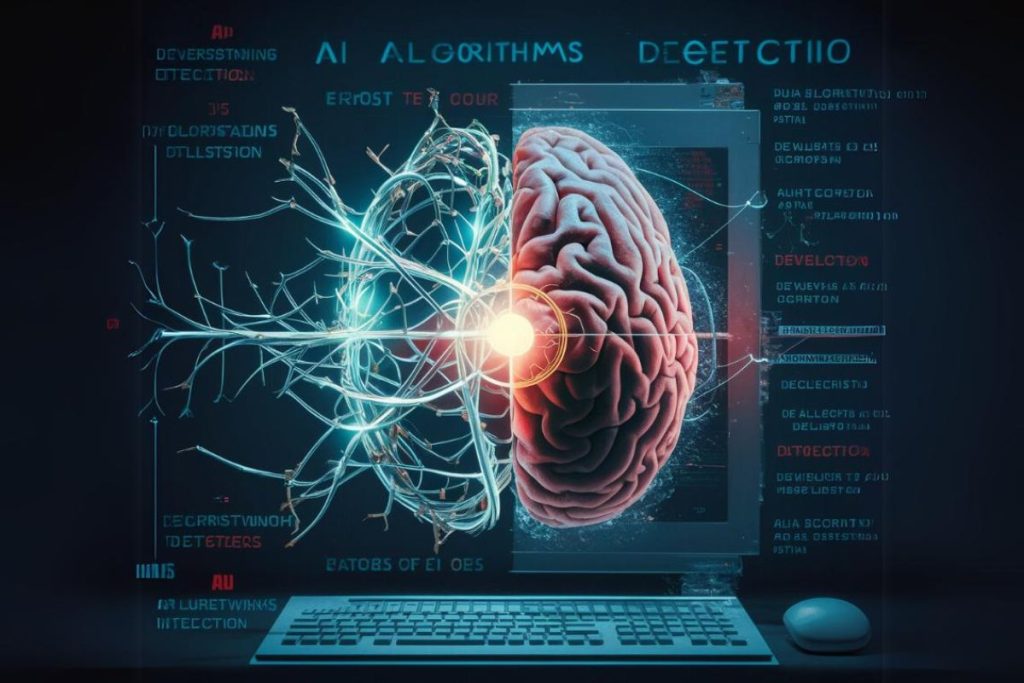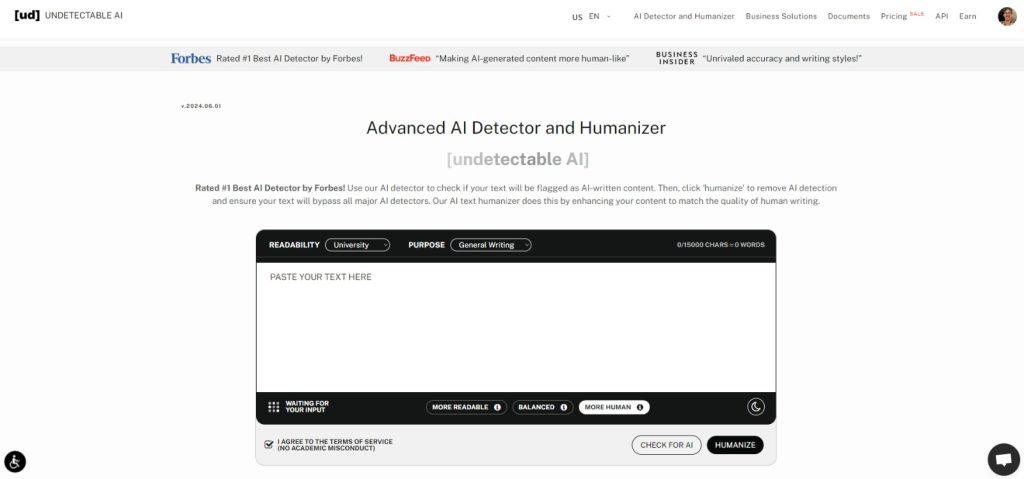AI detection tools are being increasingly employed by employers, publications, and individuals to help distinguish human-generated content from AI.
At least 79% of employers use AI for automations or recruitment/hiring, so it stands to reason that many use AI detection tools as well to screen candidates.
While these tools are designed to maintain the authenticity and integrity of content, they are not without flaws.
Incidents of legitimate freelance writers being falsely flagged—and, in extreme cases, terminated—have highlighted significant shortcomings in current AI detection technologies.
Understanding AI Detection and Its Shortcomings

AI detectors, including the one used by Undetectable AI, analyze text to identify patterns that typically suggest the involvement of AI writing tools.
These systems rely on algorithms that can supposedly differentiate between the nuances of human and machine writing styles.
There’s also the fact that the scoring system of the tools themselves is fundamentally misunderstood by users.


Never Worry About AI Detecting Your Texts Again. Undetectable AI Can Help You:
- Make your AI assisted writing appear human-like.
- Bypass all major AI detection tools with just one click.
- Use AI safely and confidently in school and work.
Most tools offer a percentage probability that a text is written by AI vs. a human rather than showing the percentage of text that’s AI.
This can often be misinterpreted by employers and institutions who fire an employee or punish a student if any percentage of the text shows up as AI, leading many to believe that the use of AI writing is widespread.
However, the reality is often different. AI detectors can be inaccurate, leading to false positives where original, human-written content is mislabeled as AI-generated.
Such inaccuracies can stem from an over-reliance on specific indicators that don’t really point out that an author is human.
For instance, one of the things that might flag text as being AI are words like “nevertheless” and “therefore” because they’re overly formal and sound out of place in casual writing.
Aside from the fact that this isn’t necessarily a good measure of AI usage on its own, one of the problems is that these types of words are also frequently used by non-native English writers, according to a new paper from Standford scholars.
“It comes down to how detectors detect AI,” says James Zou, a professor of biomedical data science at Stanford University, a Stanford Institute for Human-Centered AI affiliate, and the senior author of the study.
“They typically score based on a metric known as ‘perplexity,’ which correlates with the sophistication of the writing — something in which non-native speakers are naturally going to trail their U.S.-born counterparts.”
Essentially, that means AI detectors have a built-in bias against non-native English speakers which could lead to discrimination in hiring freelancers and writers.
The Role of Humanization Features in Content Tools

Many AI detectors work by using classifiers and measuring the perplexity of the text, along with checking the text against other text that already exists.
If the text is actually human-written, ideally, you won’t trigger an AI detector, but there are also a few edits you can do to make it sound more human.
You can watch out for keywords that are frequently treated as giveaways by AI, and you can edit for a more personal touch, though both of these require more manual effort on your part for text you’ve likely already spent a lot of time on.
To combat these issues, the “Humanize” tool from Undetectable AI can do this to your text automatically, adding human elements to any piece of writing.
In the case of Undetectable AI, the ‘humanizer’ uses a custom fine-tuned AI model, with pre and post-processing.
This tool adjusts various aspects of content, such as tone, style, and syntax, to closely mimic human uniqueness and creativity. Here’s how it works:
- It starts by generating the AI content
- A key part is detecting the AI content and rewriting it
- After rewriting, the software runs another scan of the content through its detection models
- If the text doesn’t pass, it gets rewritten again and again until it passes.
By enhancing these elements, the ‘Humanize’ tool reduces the likelihood of content being misidentified as the product of an AI by detectors, protecting writers from potential negative consequences.
Practical Benefits for Writers

As it turns out, just because a text is written by a human doesn’t mean that it still can’t be flagged as AI.
If you’re a freelance writer or author worried about your work getting flagged as AI, Undetectable AI’s Humanize tool is designed to help writers ensure their content is recognized as genuinely human-created.

For writers, the ‘Humanize’ tool offers multiple benefits. Primarily, it provides a layer of security against the risk of being unjustly accused of using AI-generated content.
Writers can be sure that their genuinely written work is recognized as authentic. Though it may seem ironic to run text you wrote through an AI humanizing tool to ensure it doesn’t sound like AI, better safe than sorry.
This is also especially useful for students, where universities may have a zero-tolerance policy for the use of generative AI.
Real-World Application: Cases of False AI Detection

Journalists and writers have already faced false accusations of AI content.
One example that Gizmodo points out is that of Kimberly Gasuras, an Ohio-based journalist who freelanced on a platform called WritersAccess to help pay the bills.
She got an email informing that her work had been flagged as AI using a detector called “Originality.”
A few months later, WriterAccess kicked her off the platform for AI usage.
This has also been a problem for students, such as the case of UC Davis student Louise Striver, who was falsely accused of cheating with AI after the plagiarism software Turnitin flagged her paper.
There was a similar incident with William Quarterman, also at UC Davis, where a professor ran his history exam through a detector called GPTZero which claimed that it was generated by AI, earning him a failing grade and referral to the Office of Student Support and Judicial Affairs for academic dishonesty.
He was eventually cleared of the accusation, but these cases serve to show the consequences of false allegations from AI detectors.
Conclusion
Whether you are a writer, a student, or a marketing professional, it has become more important than ever to ensure that content doesn’t get flagged as AI-generated.
The Humanize tool from Undetectable AI can help address this issue by enhancing the human qualities of written content, ensuring it resonates as genuinely human, and protecting writers from the inaccuracies of AI detection.
Ready to experience the difference? Try the Undetectable AI widget below quickly and easily. Just Input your text and see how it can transform your writing!
